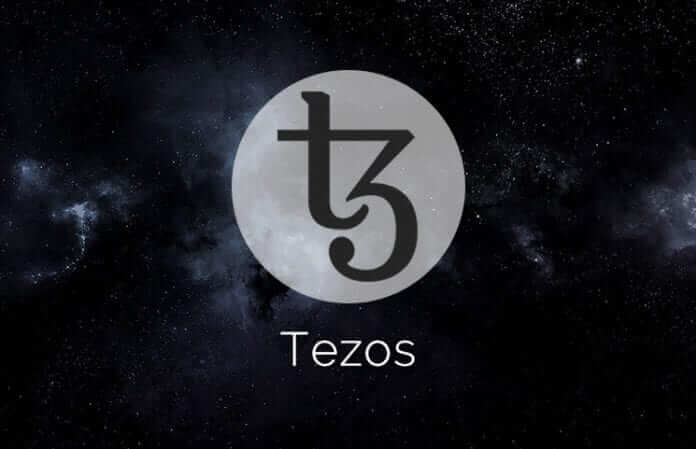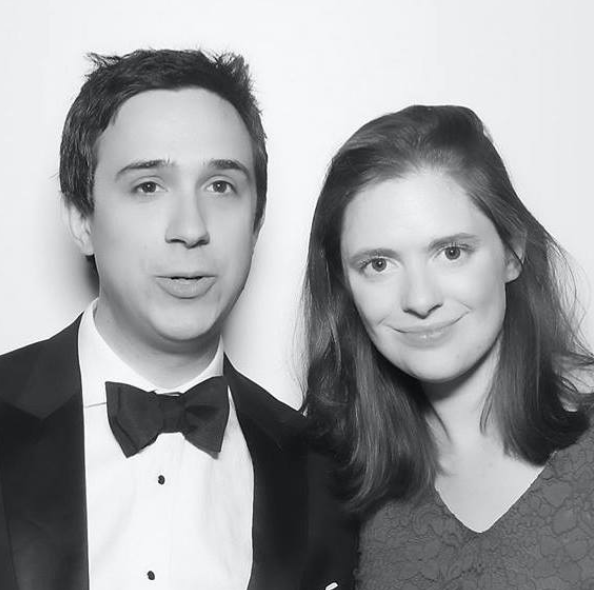
What is Tezos (XTZ)
Tezos broke into the cryptocurrency ecosystem raising 232 million dollars in BTC, and ETH thanks to a successful ICO in the first two weeks of July 2017 which made it one of The most successful ICOs to date.
Introduction
Tezos (XTZ) is a blockchain network on which your digital token * tez * or * tezzie * is served. Unlike BTC that uses a consensus algorithm Proof of Work and similar to Cardano or EOS, Tezos achieves its consensus thanks to its own delegated Proof of Stake algorithm that they have dubbed as liquid Proof of Stake.
The founders are a couple, Arthur and Kathleen Breitman, who have been developing Tezos since 2014 with a group of developers from their offices in Switzerland.

The beginning of the cryptocurrency was quite accidental and almost cost the project because, for legal reasons, the president of the Tezos Foundation, Johan Gevers, seized all the funds obtained during the ICO and refused to distribute them. legal way. The dispute lasted several years and it was finally agreed that Johan would leave the association and transfer all funds in exchange for compensation of $ 400,000.
Liquid Proof of Stake
Just as Ethereum follows a Proof of Stake consensus model, where only holders of 32 or more ethers are able to vote, and EOS or Lisk follow a delegated Proof of Stake model, where certain Representatives are voted before and will take all the decisions that arise, Tezos follows a liquid Proof of Stake model.
Liquid Proof of Stake allows each individual to stake (also called baking) their tezzies to participate in the consensus of the network.
The holders of tezzies (also called bakers), can delegate their voting power without transferring control of those tokens as if it would happen in Ethereum. But on the other hand and unlike EOS, the delegation of those tokens to vote is completely voluntary and can also be withdrawn retroactively.
That is, if you give your voting power to an entity that does not act as expected, you can withdraw the vote and the network would know how to undo the changes involved.
Architecture
The Tezos network self-governs in the sense that it is updated according to what the * bakers * vote on. In this way, the network is prevented from suffering a hard-fork that can divide the community as has already happened with Bitcoin Cash among many other situations.
Developers can suggest improvements to the protocol that, if voted by the community, would be implemented in the system and the developer would receive compensation for it automatically.
All improvements will follow a strict series of tests where failures would be sought that the developer would fix with the intention that finally his product is implanted in the network.
In this way, a balance is sought between decentralization of the network (no individual alone has the power to change the rules of the network) and updating (if the majority of the community considers that an idea is good, the entire network will see modified).
Types of accounts
There are two types of accounts or addresses in the Tezos network:
- Implicit Accounts: similar to the public addresses of other cryptocurrencies. They start with tz1 and have this form tz1cJywnhho2iGwfrs5gHCQs7stAVFMnRHc1. They require a private key to manage the account balance. Your balance cannot be delegated.
- Originated Accounts: Begin with tk1, for example KT1Wv8Ted4b6raZDMoepkCPT8MkNFxyT2Ddo, and correspond to smart contracts (equivalent to Ethereum smart contracts addresses). Your balance can be delegated if the smart contract has an assigned delegate.
Differences with Cardano
Frequently Cardano is compared with Tezos and there is a lot of enmity between the defenders of each one. This is expected since their goal is the same and they share many conclusions but in general they are two totally different developments made by different teams.
Both have been programmed in functional languages (Tezos is programmed in Ocaml and Cardano in Rust / Haskell) and special functional languages are being created for the programming of their smart contracts (Michelson and Plutus respectively).
The two projects visualize a future where there will be complete networks of different
Where to store
- Ledger Nano S
- Tezos client

Comments